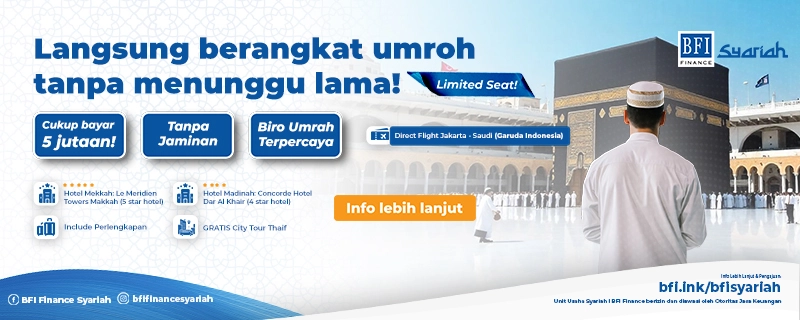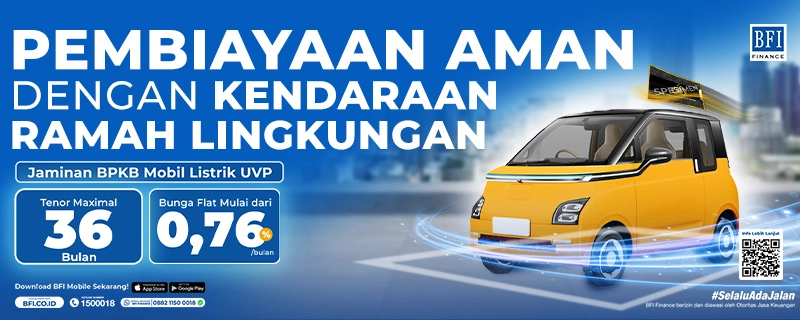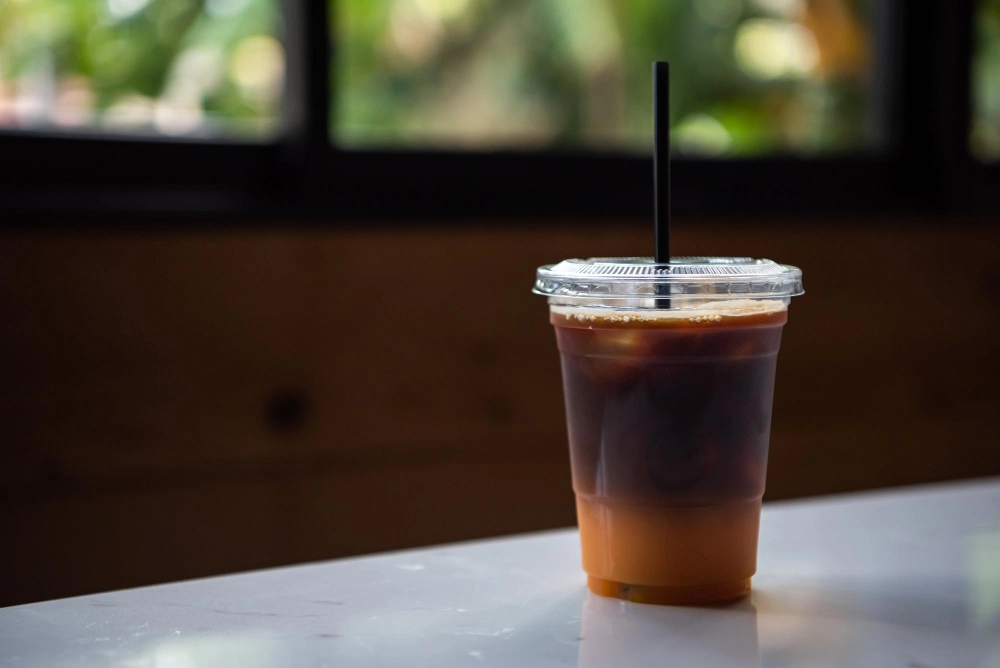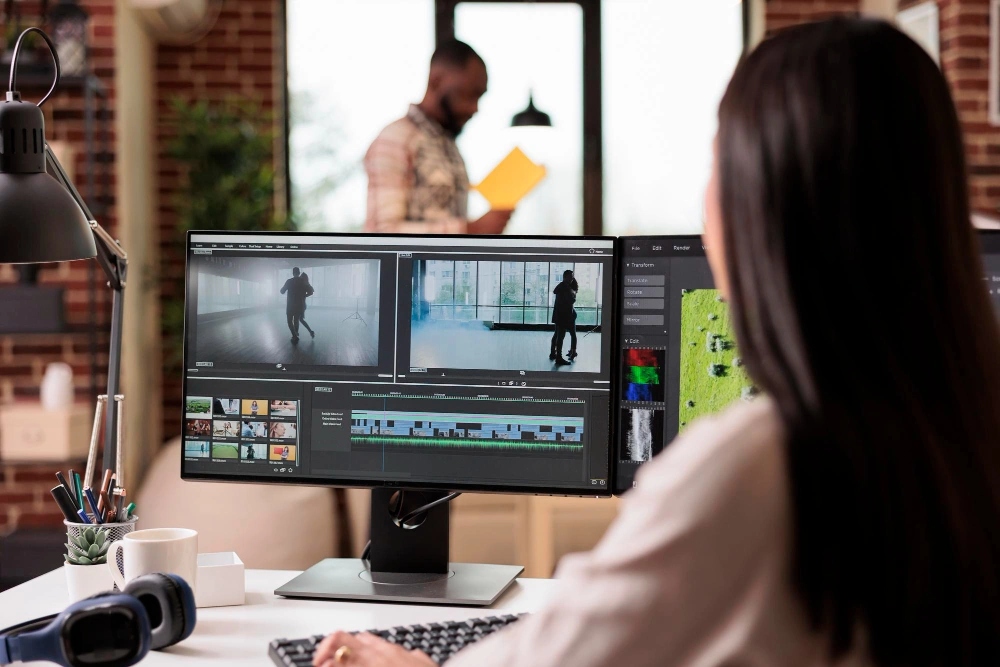How to start a fashion business? and is this business still promising in the current era? This may be a question for those of you who want to start a business in the fashion industry. Moreover, now the world of fashion is developing rapidly, making fashion trends always different in every season.
Beginner business people will ask about how to create their own clothing brand, as a first step for their fashion business. But it turns out that business in this industry is not just about clothes, there are various interesting choices for those of you who want to become a fashion businessman. Interested in learning more? Check out the full review here.
Tips for Starting a Successful Fashion Business
Starting a fashion business can be an exciting but also challenging step. The fashion industry is very competitive and dynamic, so it requires the right strategy and careful planning. Here are tips for starting a fashion business.
1. Determine The Type of Product or Service You Will Sell
There are various types of products or services in the fashion sector that you can choose from. Among them, selling clothes with your own products or as a reseller. These activities can still be detailed, whether you want to sell clothes for children, women or adult men. Apart from that, do you want to sell casual, ethnic or other themed clothes?
The selection of products or services can be made based on your interests and expertise in certain areas. If you like what you are doing, the business process will undoubtedly run more easily and without pressure.
2. Market & Audience Research
After determining the product or service you are selling, the second step you can take is market and audience research. When you want to start a fashion business, market and audience research is very important to understand the needs and preferences of target customers. Market research can start by studying the latest trends in fashion from various sources such as fashion magazines, fashion blogs, and social media.
You can use industry reports from market research agencies such as Nielsen, Statista, or Euromonitor to get data on market size, growth, and segments. Market segmentation in fashion, such as men's, women's, children's clothing, or special categories such as sportswear.
Next, research the audience by determining their age, gender, income, location and occupation. Create surveys to collect information from potential customers. Ask about their style preferences, shopping habits, and the price they are willing to pay.
You are made easy with various platforms to analyze through their social media, such as Google Trends, Hootsuite, or BuzzSumo to analyze conversations and trends that are developing. Analyzing them will make it easier for you to get closer to your audience and their needs.
3. Competitor Research
The next step is to do competitor research by dividing it into two main competitors. First determine direct competitors by finding fashion brands that have products similar to what you plan to offer. For example, if you want to make casual clothing for teenagers, look for brands that have been successful in that segment.
Next, look for indirect competitors. Identify brands that may not offer the same products but compete in the same market, such as brands that offer lifestyle or relevant accessories.
4. Create a Business Plan
A good business plan will help you plan strategic steps, identify opportunities and challenges, and set clear goals. Following are the steps for creating a business plan. In the process, the business plan includes determining selling prices, marketing strategies, operational plans, development plans, risk analysis, and what is no less important is financial projections.
Financial management is important in your business, which includes the following things.
- Prices and pricing
Set your pricing strategy. How does your product price compare to competitors? What discount or promotion strategies will you implement?
- Budget and costs
Plan for all start-up costs, including production costs, marketing, rent, and employee salaries.
- Revenue projections
Create revenue projections based on estimated sales and product prices.
- Profit and loss
Create a projected income statement to see when you can start making a profit.
- Funding sources
Determine how you will finance your business. Will you look for investors, loans, or use personal savings?
5. Choose a Supplier With The Best Quality
Talking about quality, make sure the supplier can provide materials with the quality standards you need. These include durability, durability, and consistency of color or texture. Also compare prices from several suppliers, but remember that lower prices do not always mean bad quality, and vice versa. Also consider shipping costs and discounts for large purchases.
It is important to choose a supplier with a good reputation. Look for reviews or testimonials from other clients to ensure they are reliable. Then also check their production capacity. Can they meet your needs in large quantities and within the specified time?
6. Prepare Business Capital
Finance is always one of the main things to consider when starting a business, especially business capital issues. While you prepare the previous steps, you can also plan the sources of business capital that you will use. There are several reliable sources of capital, such as personal funds, loans from close people, business capital loans from financial institutions, investors, crowdfunding, and government subsidies.
Each source of capital has its own advantages and disadvantages. Make sure you are wise in choosing the business capital needed, do in-depth research to get objective results. There is no need to insist on using personal capital if it is not cold money, or idle money that will not be used in the near future.
7. Production Process
The production process in the fashion business involves a series of steps designed to turn a design idea into a final product that is ready to be sold. Some of the things involved in the production process are design ideas, design, pattern making, fabric cutting, sewing production, finishing, distribution, and sales analysis.
The production process in a fashion business can vary depending on the size of the business, the type of product being made, and the business model adopted (e.g., fast fashion vs. slow fashion). Therefore, having a business plan can make the next steps easier, such as the production process.
8. Effective Marketing Strategy
Marketing strategies in the fashion business are very important to attract consumer attention, build brands, and increase sales. Currently marketing using social media is an option for today's business people. You can use social media platforms such as Instagram, TikTok, Facebook, YouTube, or Pinterest.
Apart from that, collaboration with influencers is also an attractive option. Influencers can help reach a wider audience and build brand awareness. You can also hold contests or giveaways with customers to increase interaction and brand awareness. Don't forget about promotions and discounts, for example flash sales and special offers for new customers.
9. Follow Developments in Fashion Trends
Keeping up with developments in fashion trends is very important for fashion businesses to remain relevant and meet consumer demand. Fashion trends continue to change and are influenced by various factors, such as culture, technology, people's tastes and global events.
If you want to start a fashion business, you must be familiar with things in this field. For example, following developments in fashion trends by participating in fashion shows, monitoring fashion magazines, trends developing on social media, and collaborating with influencers.
10. Evaluation
Regular evaluation of the fashion business is important to ensure the business remains competitive and grows. This evaluation process must be comprehensive, cover various aspects of the business, and be based on accurate data to produce the right insights.
This evaluation includes analysis of various aspects of the business, from operations, marketing, finance, to customer satisfaction. There are various ways to carry out evaluations, one of which is by analyzing financial performance. You can total sales, profit margin, and net profit. This includes calculating gross profit, operating profit, and net profit ratios to understand profitability.
Interesting Fashion Business Ideas
Currently, the development of the fashion world is very diverse, so those of you who want to start a business in this field can first determine the concept. The following are interesting fashion business ideas that are worth trying.
1. Own Clothing Brand
For those of you who want to have your own clothing brand, this could be an idea worth trying. By highlighting the creative side of the brand, you can become part of the competitive fashion world. This idea allows you to have many fashion business choices, such as men's or women's clothing, Muslim fashion, and children's clothing.
2. Clothing Reseller
Clothing resellers are reselling clothing purchases from manufacturers, distributors or suppliers in large quantities. Resellers get wholesale or discount prices, then sell them to consumers at high prices to make a profit.
3. Custom Screen Printed T-shirts
This business offers t-shirt making services with screen-printed designs according to customer requests or preferences. They can choose to print specific graphic designs, text, logos or images on t-shirts, resulting in a unique and personalized product.
4. Fashion Designer
Becoming a specialist in fashion is also a promising business idea. For those of you who have design skills, fashion designer could be an interesting choice. The products designed are not only attractive but also have functional value and are in accordance with the latest fashion trends.
Fashion designers have a vital role in the fashion industry. This work combines art and practicality to create clothing that meets consumers' needs and desires.
5. Model Agency
A modeling agency business is a business that manages and represents models for various opportunities in the fashion, advertising and entertainment industries. Modeling agencies act as intermediaries between models and clients who require modeling services, such as brands, photographers and producers. They help find work for models, arrange contracts, and ensure that both parties' needs are met.
6. Fashion Influencers
Fashion influencer is one of the jobs that is currently hyped. They become an influence on their audience through content related to fashion, style and fashion trends. Used media such as Instagram, TikTok, and YouTube to share ideas, inspiration, and fashion recommendations with their followers. They often work with brands to promote products and earn income from various sources.
Estimated Fashion Business Capital (Clothing Line)
The following is an estimate of business capital for starting a unisex t-shirt business (women's and men's). This estimate includes costs for design, production, marketing and initial operations. For beginner business people, focus on local or online marketing rather than too much production. Following is the complete review.
1. Production
- Fabric and materials (for 1,000 t-shirts): Rp. 5,000,000 - Rp. 10,000,000
- T-shirt manufacturing (if producing yourself or outsourcing with small volumes): Rp. 7,500,000 - Rp. 10,000,000
2. Branding and Marketing
- Brand identity development (logo, visual design): Rp. 3,000,000
- Simple website creation: Rp. 3,000,000
- Social media and digital marketing costs (for several months): IDR 3,000,000
- Advertising and promotion costs (including small influencer or local campaigns): IDR 5,000,000
3. Distribution and Logistics
- Packaging and labeling costs (for 1,000 t-shirts): Rp. 1,500,000
- Shipping and logistics costs (for initial delivery): IDR 2,500,000
4. Operations and Administration
- Office or studio rental fees (if required): IDR 5,000,000 per month
- Office equipment and supplies: Rp. 1,500,000
- Employee salary (if hiring one person for operations): IDR 5,000,000 per month
- Legal and accounting fees: Rp. 2,000,000
5. Capital Reserves
- Reserve for unexpected needs: IDR 5,000,000
6. Product Price
After calculating the cost of making a t-shirt from start to finish, the next step is to determine the selling price of the product.
Here's a simple formula that can be used:
(production+branding+distribution+operations+capital reserves): 1,000 t-shirts
(Rp. 20,000,000 + Rp. 14,000,000 + Rp. 4,000,000 + Rp. 13,500,000 + Rp. 5,000,000) : 1,000
Total IDR IDR 56,500,000 : 1,000 = IDR 56,500
So, IDR 56,500 is the minimum price you have to sell.
Local brands themselves sell t-shirts at prices ranging from IDR 130,000 to IDR 180,000.
If you sell for Rp. 130,000 per t-shirt, you will make a profit of Rp. 73,500 per t-shirt.
These estimates are general and may vary depending on location, quality of materials, and specific business decisions. If you're just starting out, focusing on cost efficiency and leveraging technology and digital platforms can help reduce initial expenses.
That's a review of tips for starting up and estimating capital for a fashion business. Trends in the fashion industry change quickly so you need to keep up with what is currently developing. With the tips above, hopefully it can help those of you who want to enter the fashion business in the near future. Hope it is useful!
If you need additional business capital to run a fashion business, you can apply for business capital financing through BFI Finance. With a Vehicle BPKB guarantee and House Certificate, you will get cash disbursement of up to 95% of the vehicle value and competitive interest rates. Apply for your financing now! #SelaluAdaJalan bersama BFI Finance.






